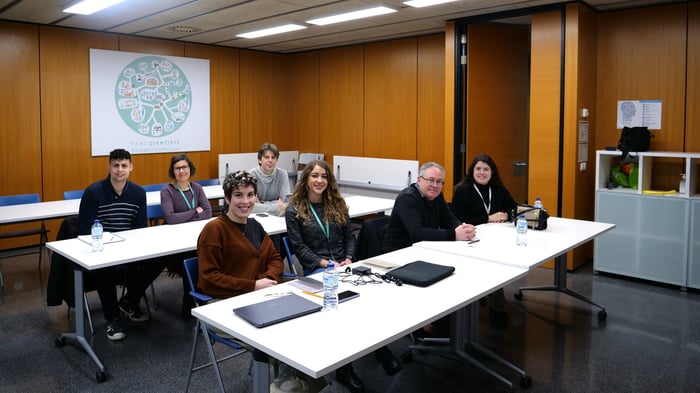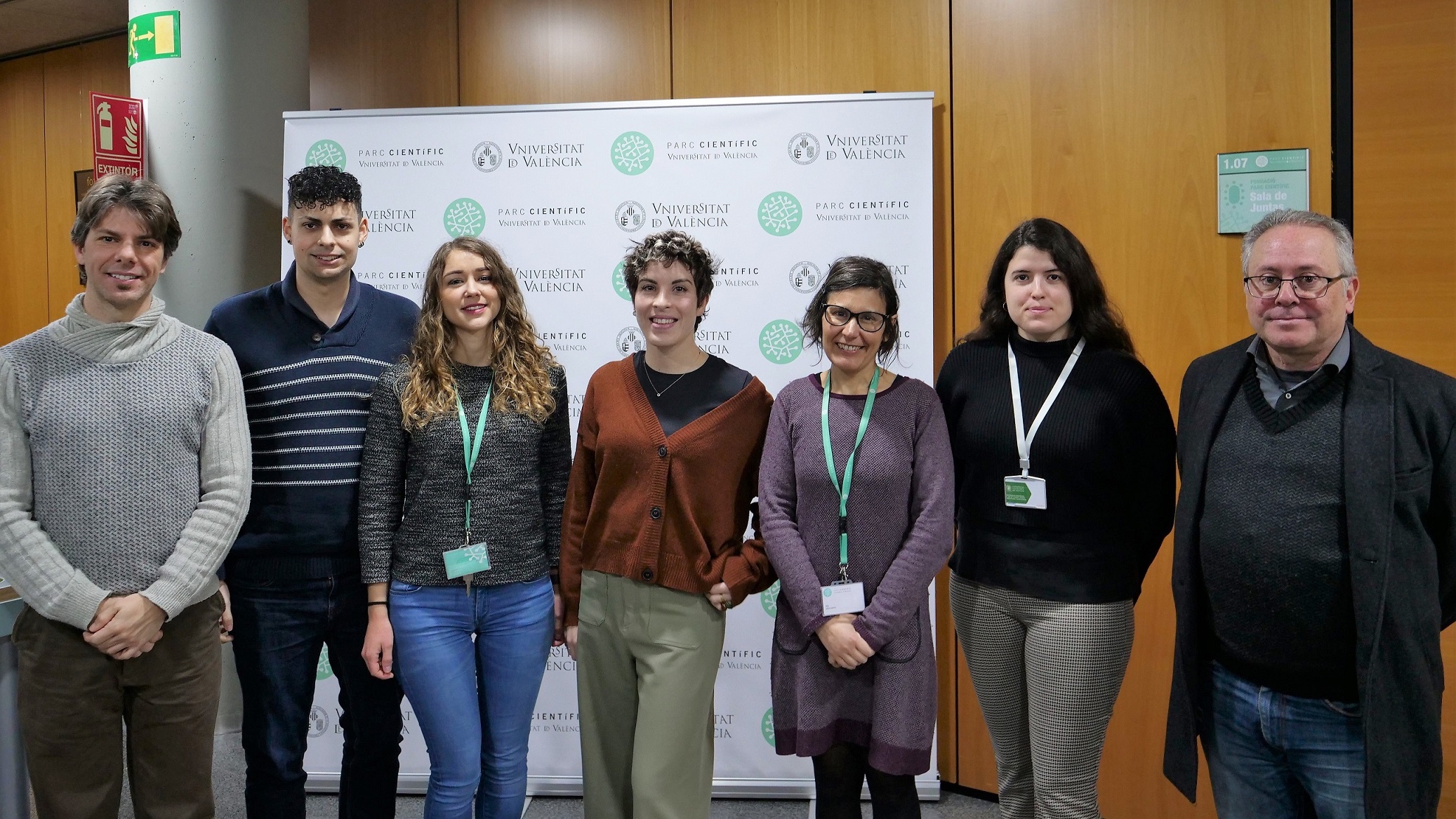- The iSARC GENETICS project, an intelligent platform for early detection, in which Dawako and Sabartech, companies located in the Parc Científic de la Universitat de València collaborate, helps in the diagnosis and monitoring of sarcopenia
- The initiative aims to propose a solution to this muscular pathology, which, according to the Spanish Society of Rheumatology, affects between 3 and 24% of the general population
Sarcopenia is a pathological process associated with aging characterized by the loss of strength and muscle mass. In the last 10 years, with the impetus of different expert working groups around the world, scientific research in this field has exploded, especially since the WHO included sarcopenia in the ICD-10 (International Classification of Diseases) in 2016 with the aim of promoting the study and treatment of this pathology in routine clinical practice.
The iSARC GENETICS project, a consortium in which the biotechnology companies Dawako and Sabartech participate together with the CoMMLab group (Computational Multiscale Simulation Lab) of the Universitat de València and the Ci2B (Center for Research and Innovation in Bioengineering) of the Universitat Politènica de València, is at an advanced stage of development in its third year and final stretch. The consortium is supported by the Agència Valenciana de Innovació (AVI), under the Strategic Collaborative Projects program, with a grant of 770,000 euros co-financed by the European Union through the Comunitat Valenciana ERDF program 2014-2020.
The consortium met this Wednesday at the facilities of the Parc Científic de la Universitat de València to follow up on the activities of the project in its last phase.
Artificial Intelligence and Wearable Ultrasound
iSARC-GENETICS aims to develop algorithms that make it possible to obtain advanced imaging indices to evaluate the so-called Muscular Architecture Parameters (MAP), indices that will be visualized through an innovative platform that will be able to combine and analyze them, which will include algorithms based on Artificial Intelligence (AI). "This will facilitate the early detection of sarcopenia and the follow-up of patients. A study will be conducted to test the heuristic and AI algorithms for sarcopenia detection in a large group of volunteers," explains Javier Escobar, Sabartech's co-founder and CTO.
In addition, the project aims to develop and validate a new generation smart wearable system (wearable ultrasound). "This system is based on a new technology of flexible ultrasound (US) transducer and sEMG (surface electromyography) sensor that are integrated into textile and/or polymeric substrate (patch type) to allow remote monitoring of patients in their personalized treatment and continuous care," describes Mª. Àngels Bernabeu, Project Manager of Dawako.

First row: Sara Nozal, Product Manager of Dawako; Andrea Cartujo; Operations Manager of Sabartech; Julio Gomis; Professor of Electronic Engineering at the UPV and Ci2B researcher; and Isabel Junquera, Ci2B researcher.
Second row: Julen Santiago, Systems Analyst at Sabartech; MªÀngels Bernabeu, Project Manager at Dawako; Rafael Sebastián, University Professor of Computer and Telecommunications Engineering at the UV and researcher at CoMMLab. Photo: FPCUV
Results obtained
The project participants say that they have been able to validate quantitative musculoskeletal ultrasound imaging biomarkers (MSKU) and genetic biomarkers related to sarcopenia. "A panel of genetic markers associated with sarcopenia risk has also been designed, which includes 313 genetic variants present in 186 genes, thanks to the implementation of Automated Intelligence Genetics (AIG) technology," Escobar points out.
In addition, the team has proceeded with the design of the population screening study and the recruitment of volunteers, whose DNA is being analyzed by means of a chip in order to train the AIG genetic algorithm and validate the panel of sarcopenic risk markers.
In developing the innovative platform that will facilitate early detection of sarcopenia, the system is currently running on a commercial cloud, and allows registered users to perform the analysis tasks that have already been designed and implemented. "We have also succeeded in developing image analysis and artificial intelligence algorithms for the quantification and classification of ultrasound and genetic image data," Bernabeu points out.
As for the new wearable system, a rigid-flexible ultrasound transducer system has been designed and implemented, and all the requirements of the electronic sEMG (surface electromyography) sensor system for capturing surface electromyography signals have been defined.
With the support of:



